
Skin Concierge
Face oils: Why you should start using one
With increasing age, our skin gradually loses its ability to produce oil (sebum), which manifests itself in dry skin and fine lines and wrinkles. Face oils are an integral part of every skincare routine: whether impure, dry, sensitive or mature skin – there is a matching oil for every skin type.
Vegetable oils are not only an optimal skin nourishment, but due to the natural lipid content of the skin, they can also transport selective active ingredients into the deeper skin layers, where they develop their effect. They can improve the lipid barrier’s function, which protects the skin from drying out and thus prevents the formation of wrinkles. In addition, vegetable oils can stimulate cell growth and improve the elasticity of the skin.
How do oils interact with the skin?
The skin barrier as our uppermost skin layer consists of horny cells (dead skin cells) and lipid layers (ceramides, cholesterol, long-chain fatty acids). Vegetable oils consist mainly of lipids, which are optimally absorbed by the skin due to their similarity to the skin’s own lipids. Thus, selective active agents can be transported into deeper skin layers. In addition, vegetable oils help to improve the function of the lipid barrier which protects the skin from drying out and can thus prevent the formation of wrinkles. Also, cell growth can be stimulated and the elasticity of the skin improved.


1 drop, countless possibilities
The use of facial oils is as varied as nature itself. They can be used either pure on the still moist face or as an effect-enhancing additive in combination with a face cream, serum or mask. The oil combines with the water and can thus optimally enclose the moisture in the skin and store it for a long period of time. Mixed into the foundation, the oil makes the complexion appear more even and gives it a natural glow. The oil can also be used as a highlighter for cheeks and lips. At night, the face oil serves as an effective and intensive nutrient dispenser, whereupon you are rewarded during the day with a fresh, moisturized and firmer complexion.
Pure
Apply 3-5 drops of pure face oil to the still moist face.
As serum
Mixed with the skin type-specific serum, the facial oil better encloses the serum’s functional ingredients and transports them into deeper skin layers. A moisture boost and perfect protection for the skin. Insider tip: For immediately visibly smoother and firmer skin, mix 3-5 drops of Age Repair Miracle Drops with Hyaluronic Repair Booster Serum.
Daily care
Add 3-4 drops to skin type-specific care cream for extra protection on cold days.
As booster
Massage 10 drops into moist skin before applying a face mask. This not only intensifies the effect of the mask but also allows the oil’s functional ingredients to penetrate deeper into the skin.
For an irresistible glow
Mixed with the foundation, the oil gives the complexion a more even appearance and a natural glow. In addition, the oil can be used as a highlighter for cheeks and lips.
For make-up removal
Oil can dissolve even waterproof eye make-up. We recommend moistening the face, massaging in a few drops of the oil and removing with a cotton pad.
As night care
In combination with the skin type-specific serum and/or applied undiluted to the toned and still moist face, the luxury facial oil truly ensures a beauty sleep.


Which oils are suitable for what?
Nature offers us a variety of raw materials for the production of vegetable oils, which differ in their fatty acid spectrum and – depending on the oil – contain other valuable ingredients (the so-called unsaponifiable accompanying substances). While mineral oils primarily have the function as consistency enhancers and softeners in the product, vegetable oils also have an additional effect on the skin. Depending on the skin type, the combination of different oils may have an interacting function with the desired result.
Let’s start with the fatty acid spectrum: This determines, among other things, if an oil is quickly absorbed or if it forms a film. For body and face care, the preference is for oils with short fatty acid chains, which are absorbed rapidly and leave the skin feeling soft without leaving a greasy film. On the other hand, for massages, those with longer fatty acid chains are preferred, so that they remain on the skin and allow a flowing massage.
The best massage oils
Therefore, as a basis for massage oils we recommend the following:
- Sesame oil (was already used in ancient India)
- Almond oil
- Olive oil
- Jojoba oil (chemically speaking, it is not really an oil, but a wax)
For medical massages where support is required, sunflower oil and coconut oil are also used. Depending on the desired function, these can also be refined with some effect synergies, e.g. grapeseed oil for mature skin, evening primrose oil for irritated skin and rose hip seed oil for skin in need of regeneration.
The best oils for face and body
Distinguishing between suitable oils for the body or face is somewhat more difficult, as the skin type should be focused here. It must also be noted that the facial skin is thinner and more permeable than the body skin. In general, it can be stated that high-quality, cold-pressed vegetable oils bring a variety of excellent properties for our skin, our muscles and our connective tissue. Since they are particularly rich in minerals, vitamins, proteins, antioxidants and unsaturated fatty acids, they are suitable for both facial care and body care, as well as massage oils. A mixture of the different oils is useful for covering a broad fatty acid spectrum and providing the skin with optimal nutrients.


Our superstar: Kalahari melon seed oil
The exquisite Kalahari melon seed oil (Citrullus Vulgaris), rich in antioxidants and vitamins A, C and E, is considered a new wonder weapon in skincare. It is richer in essential fatty acids and antioxidants than many other oils and contains one of the highest concentrations of linoleic acid, an essential omega-6 fatty acid that the human body cannot produce itself. This nourishing miracle oil not only has a hydrating and firming effect, but also stimulates the growth of skin cells and ensures a youthful appearance.
What is Kalahari melon seed oil?
The origins of this fascinating natural oil are hidden deep in the African desert. The wild watermelon, which grows mainly in Namibia and Botswana, takes its name from the Kalahari Desert. Far from the refreshing watermelon we know, the Kalahari Melon has a yellow to light green flesh and a bitter taste. However, the miracle of the wild desert melon is hidden in its seeds. After harvesting the watermelons, they are split and their seeds are collected. These are dried in the sun and then pressed to extract the rich, golden oil.
Benefits of Kalahari melon
- rich in nourishing omega-6 fatty acids and omega-9 fatty acids
- can stimulate the growth of skin cells and support them in regeneration
- rich in antioxidants and vitamins A, C and E
- rich in linolenic acid (~ 60%)
- can free the pores from excess sebum
- gives a firm complexion
- known for its hydrating and smoothing effect
- can reduce inflammations and has a skin calming effect
- especially light texture, quickly absorbed into the skin
One drop that makes the difference
Our Age Repair Miracle Drops are a highly concentrated vitamin cocktail of selective plant oils for an intensive treatment of demanding skin. The combination of antioxidant, moisturizing and firming plant oils leaves the skin feeling smooth, glowing and velvety soft. Exquisite essential oils harmoniously round off the composition and provide additional moisture and care.

Good to know.
Vegetable oils are divided chemically into drying, semi-drying and non-drying oils according to their speed of reaction with oxygen. The terms do not denote the dryness of the oil or the drying of the skin, but rather provide information about how quickly an oil becomes resinous, i.e. dries, when it comes into contact with oxygen. In the same way, the terms say nothing about the suitability of an oil for a particular skin type. For example, among the drying oils in particular, there are excellent oils for the care of dry, low-fat and low-moisture skin. Basically, a mixture of the different oils makes sense in order to cover a broad fatty acid spectrum and optimally supply the skin with nutrients.
Drying oils
Oils containing more than 50% of unsaturated fatty acids are so-called drying oils. They are absorbed very quickly and do not leave a shiny film on the skin. They are suitable for oily skin as they have a sebum-regulating effect.
Drying oils: Sacha inchi, perilla oil, wild rose oil
Semi-drying oils
Vegetable oils with a content of unsaturated fatty acids between 20 % and 50 % are absorbed more slowly into the skin as they provide the skin with more oil and moisture. These oils are particularly suitable for normal and combination skin.
Semi-drying oils: evening primrose oil, sunflower oil, sesame oil, grape seed oil
Non-drying oils
If the proportion of unsaturated fatty acids is below 20%, the oil is called non-drying oil. These vegetable oils are absorbed particularly slowly into the skin and are ideal for particularly dry, stressed and stressed skin. The special feature of these rich oils is that they contain fatty acids which are similar to the lipids of the skin. This enables them to store moisture in deeper skin layers and have a strong refatting effect.
Non-drying oils: argan oil, avocado oil, jojoba oil, coconut oil, almond oil, olive oil, shea butter
Why is organic quality important?
Before the question of organic or non-organic oils arises, we should go back a step further and look at the difference in quality between refined and virgin vegetable oils.
With native or cold-pressed vegetable oils, the seeds, kernels or fruits of a plant are pressed out without heat input. These oils are of a very high quality because the gentle manufacturing process preserves the vitamins and unsaturated fatty acids. Refined oils, on the other hand, are obtained by hot pressing or extraction with solvents. Although the yield is much higher, the vitamins and unsaturated fatty acids are largely destroyed by the subsequent “refining” of the oil.
Why organic quality? Oils and fats have the property of binding toxins. In conventional agriculture, pesticides, artificial fertilizers and various pesticides are often used. These can bind to the oil during cold pressing and are finally also found in the oil. As these are largely avoided in organic farming, organic oils are largely free of these pollutants and are therefore preferable.
RECOMMENDED FOR YOU
2 min
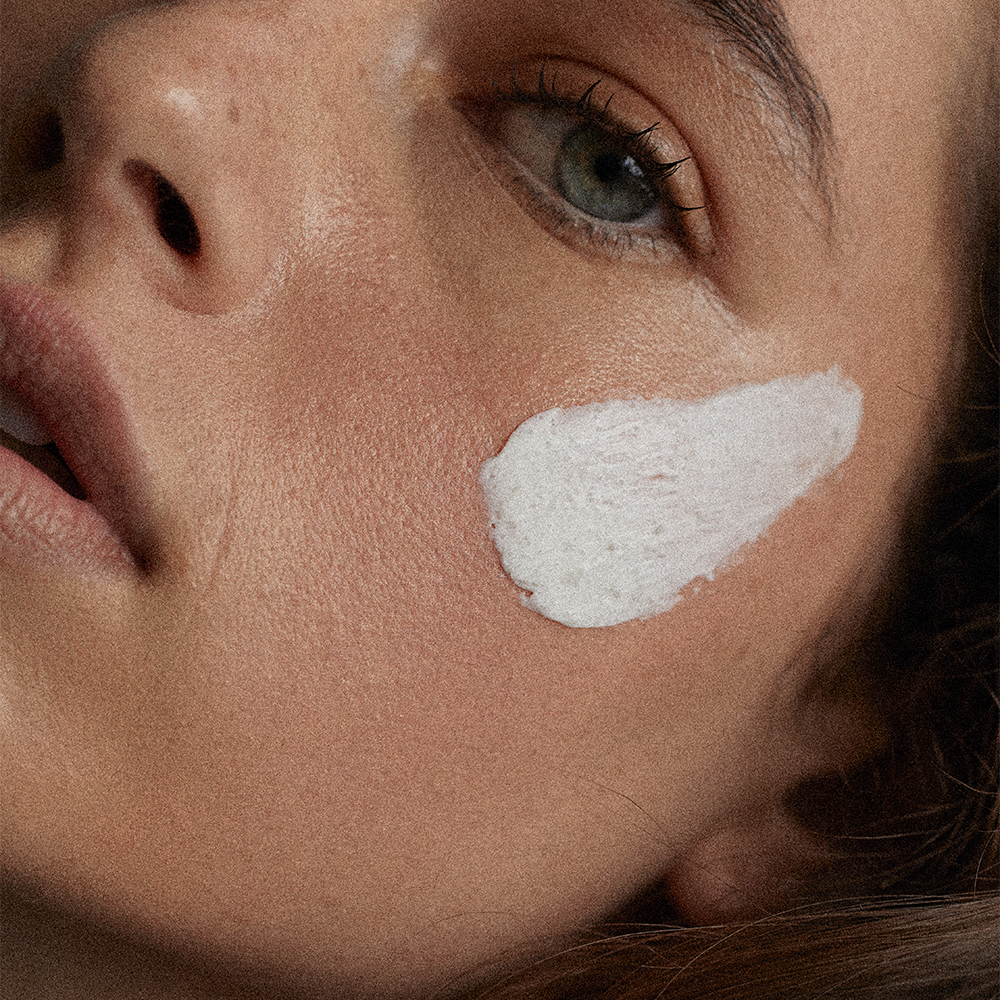
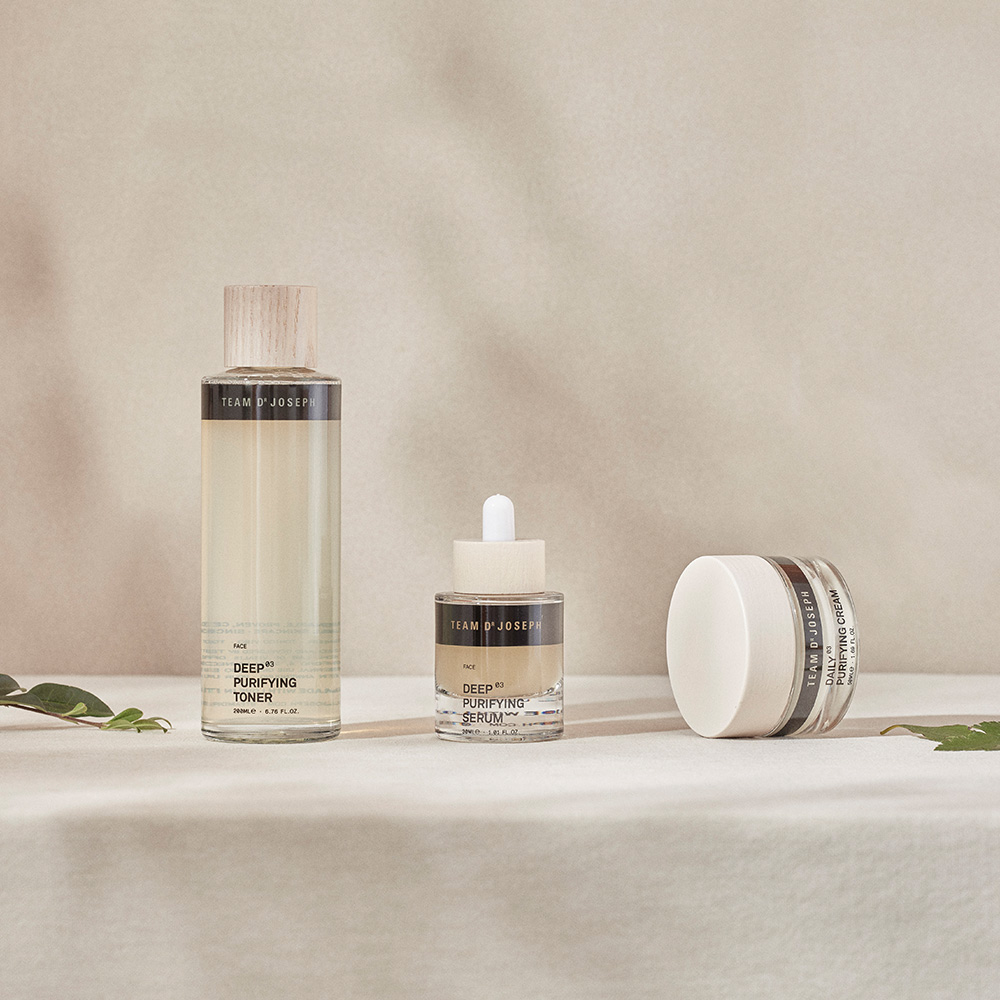
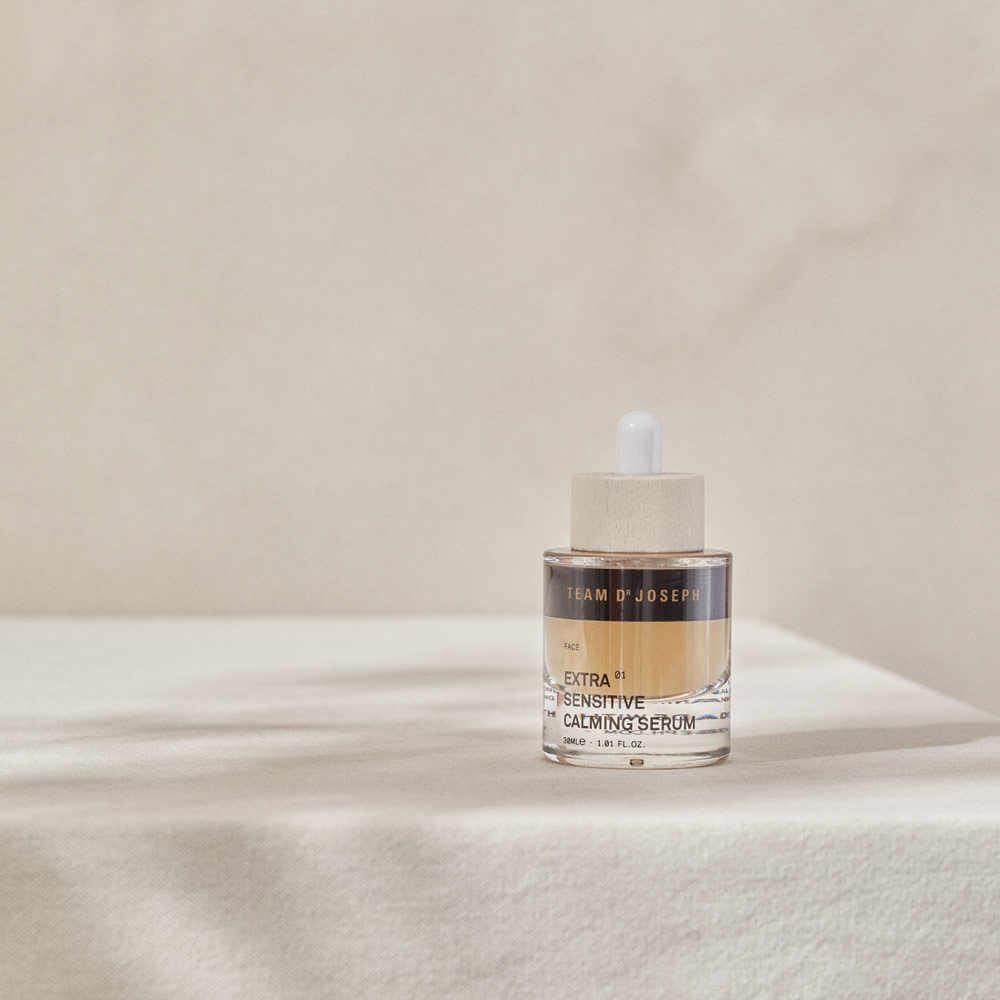
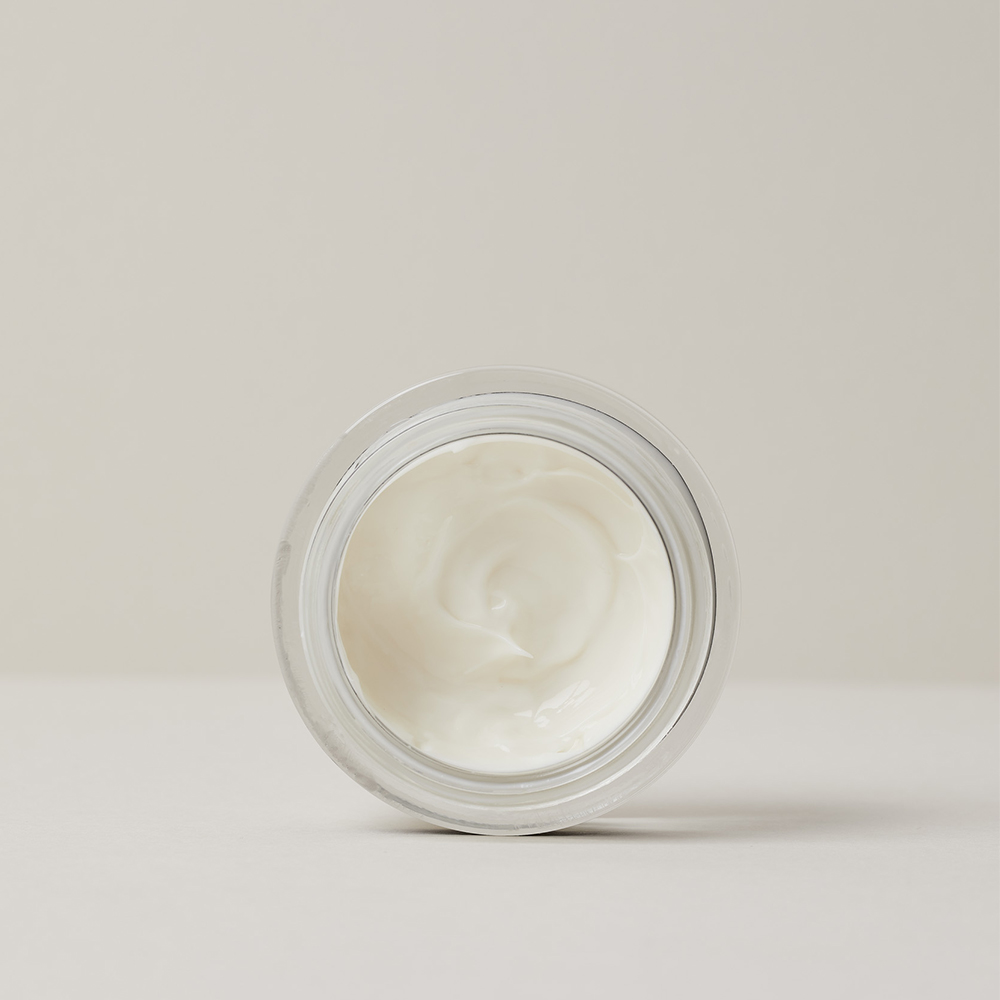
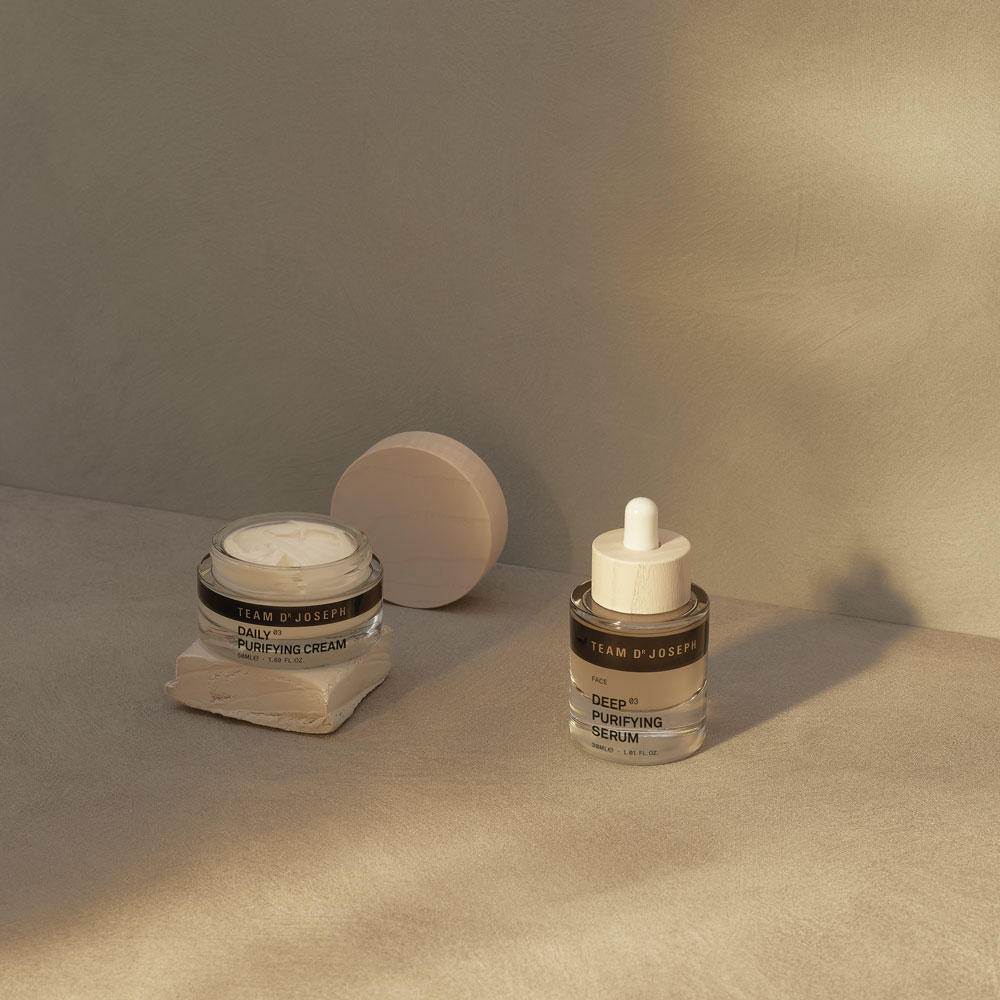




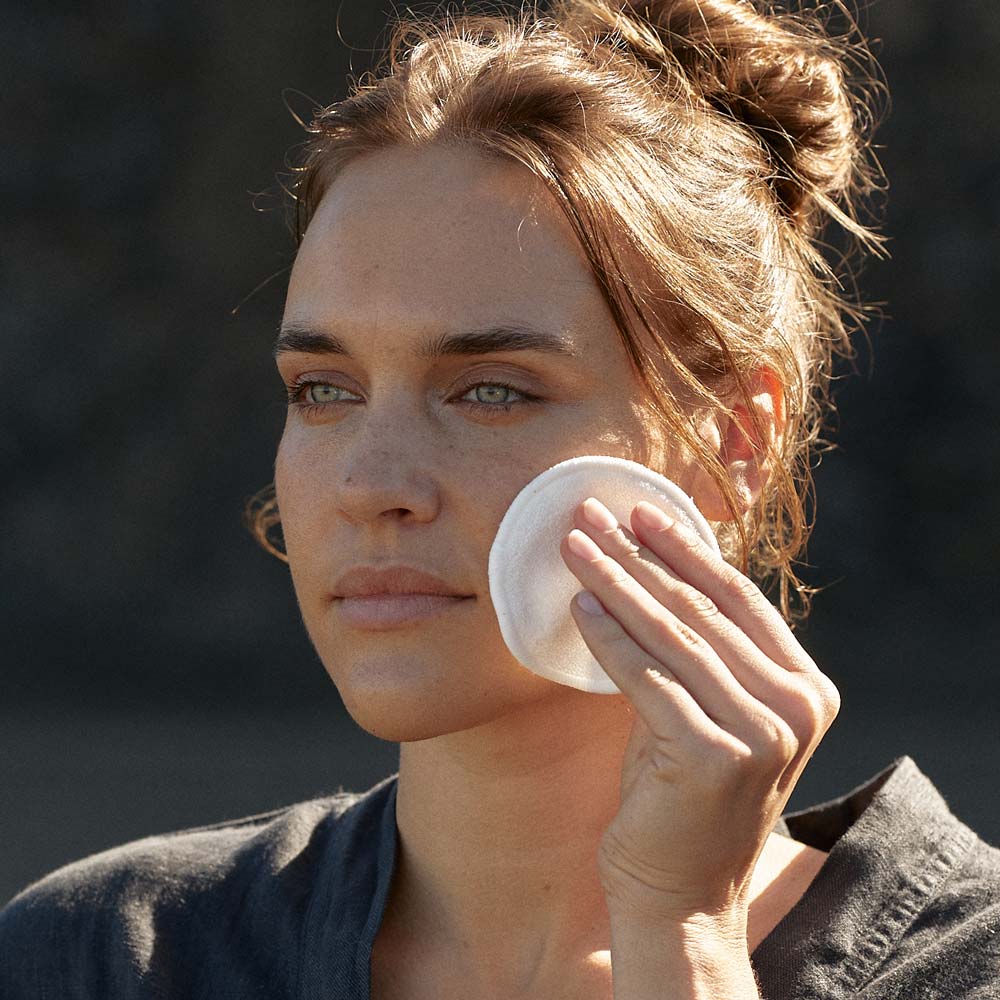
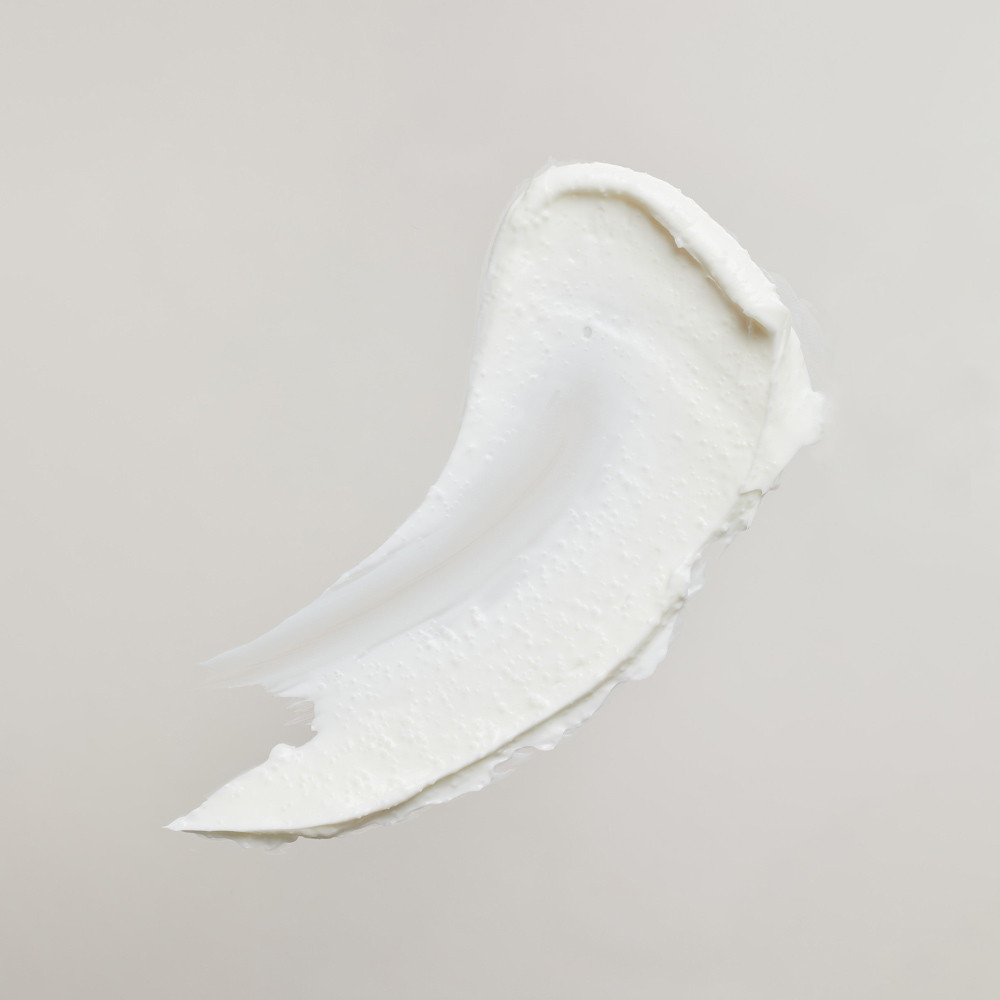
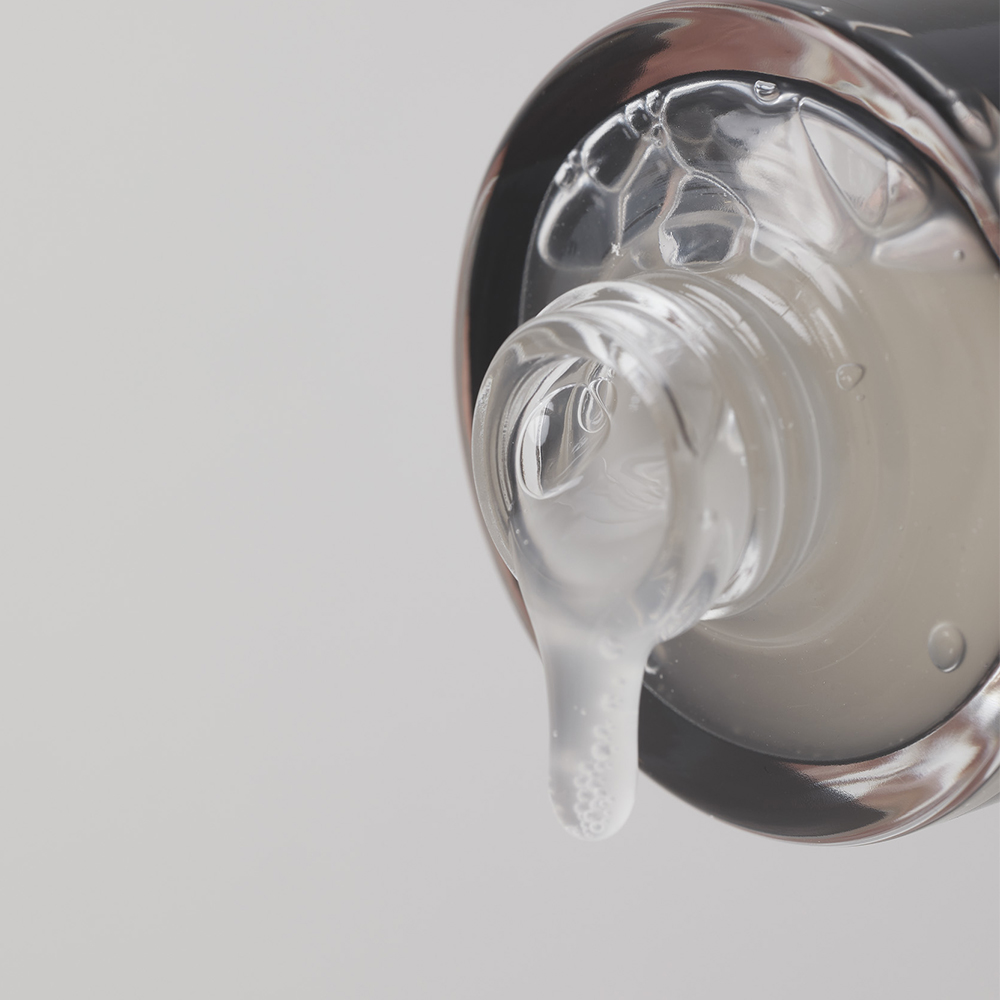

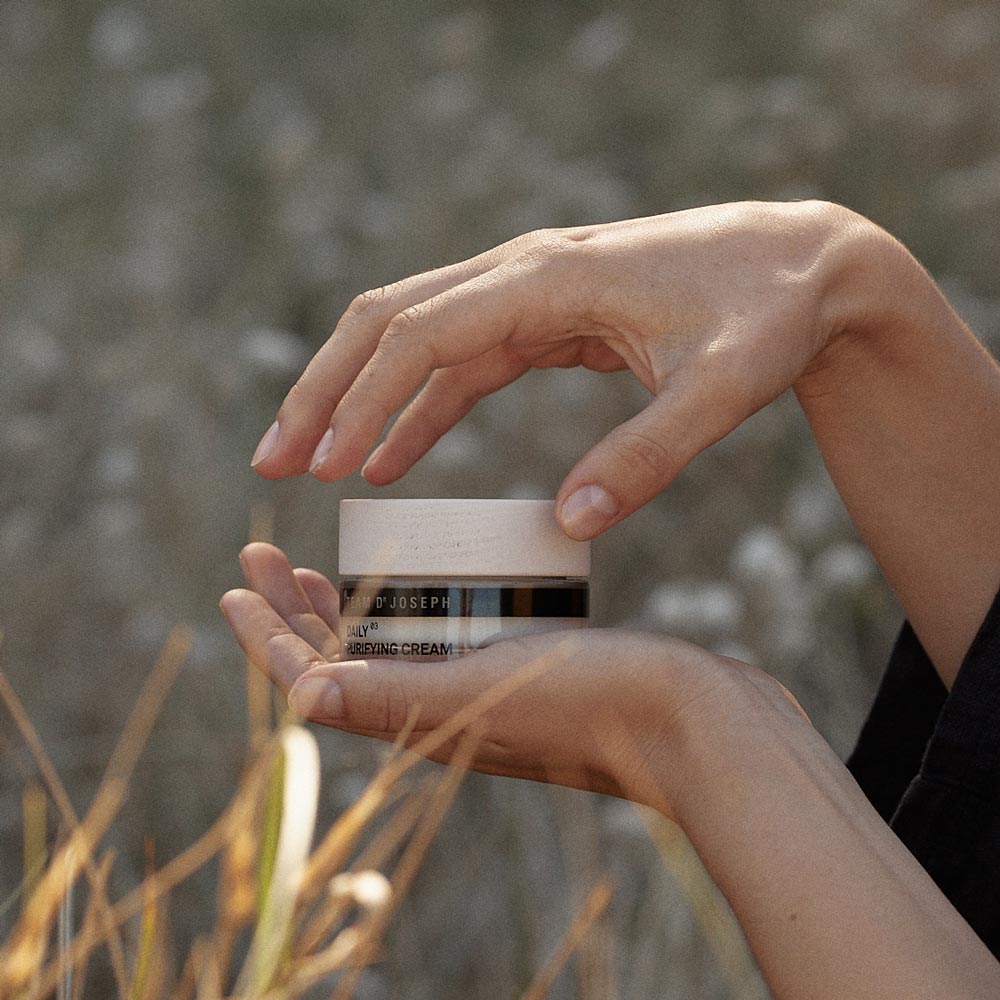
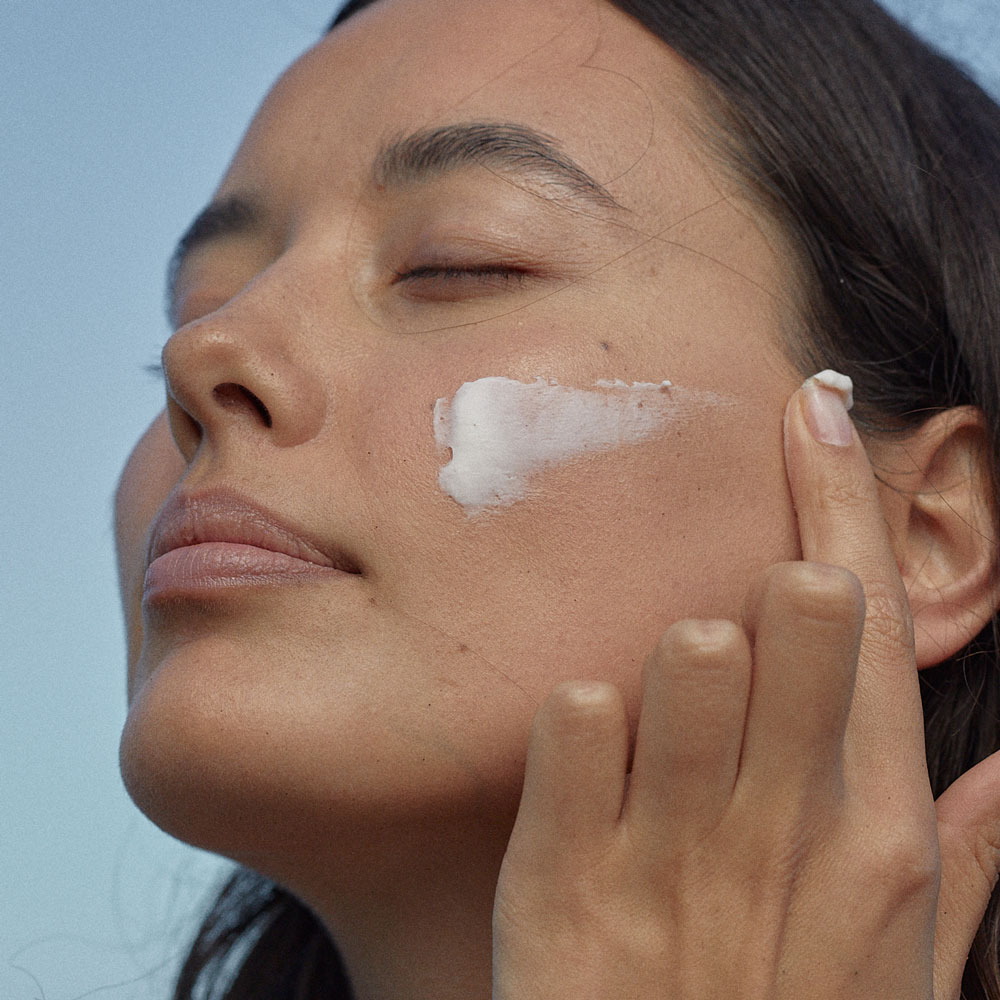














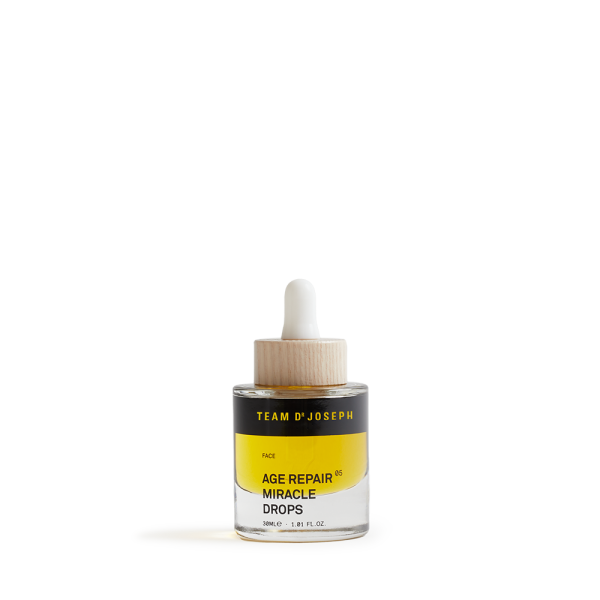


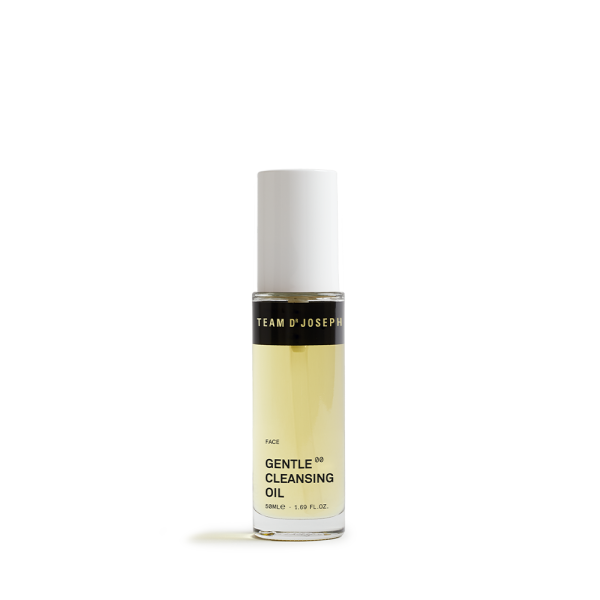








.png)

